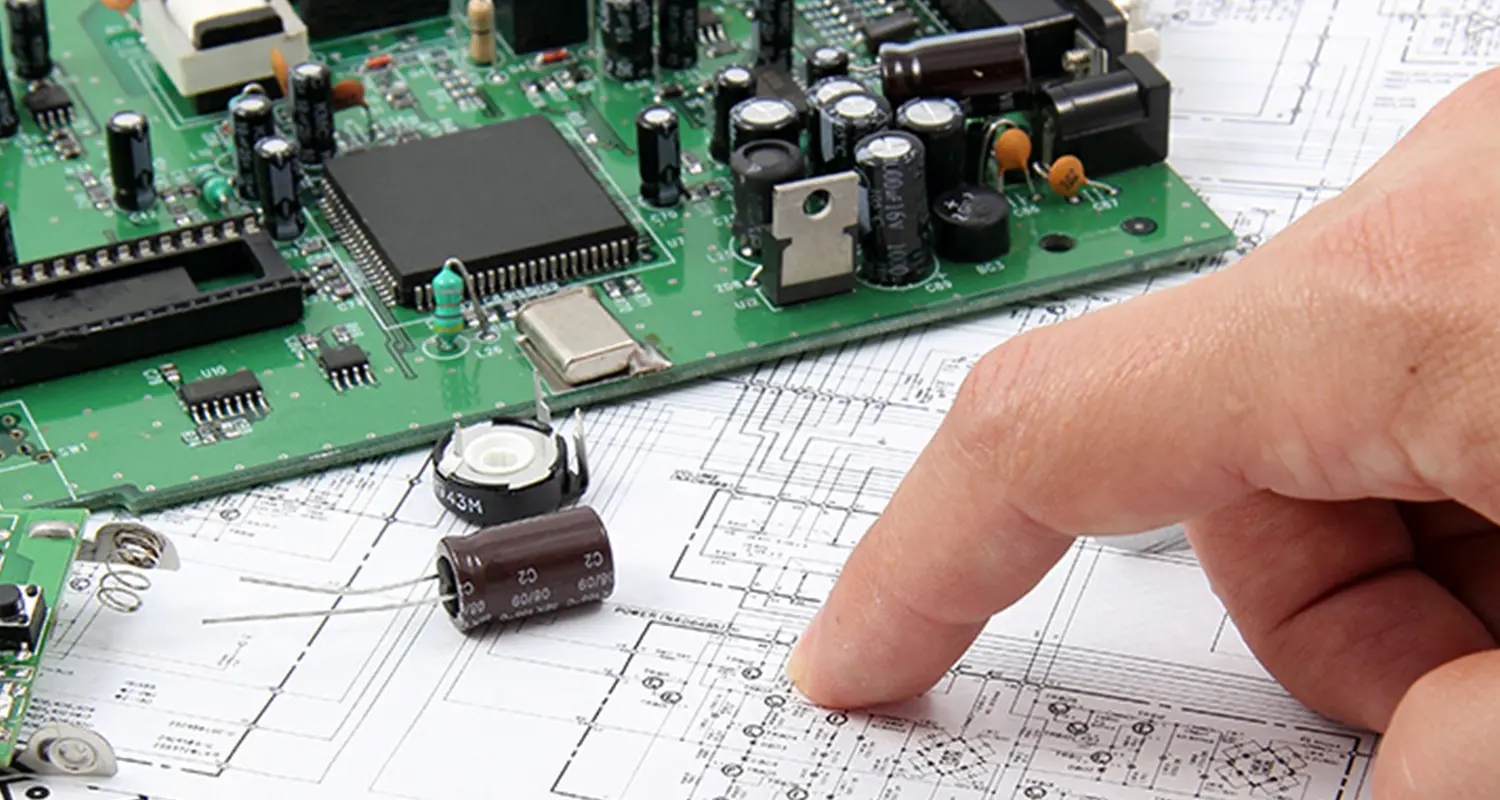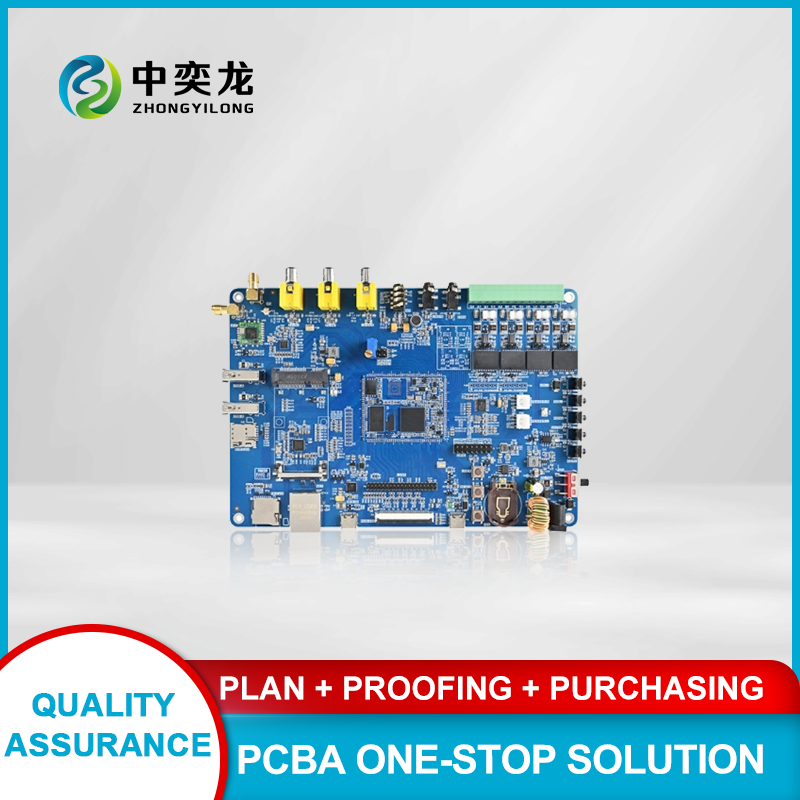
Revolutionizing Pet Care: The Role of Smart Pet Feeder PCB Assembly
2025-07-19
Revolutionizing Pet Care: The Role of Smart Pet Feeder PCB Assembly
Introduction to Smart Pet Feeders
In today's fast-paced world, pet owners are increasingly looking for solutions that simplify their lives while ensuring their furry companions receive the best care. Smart pet feeders have emerged as a revolutionary product in this regard. These devices not only automate the feeding process but also leverage advanced technology to enhance pet wellbeing. At the heart of these smart feeders lies the intricate technology of **PCB (Printed Circuit Board) assembly**, which plays a significant role in their functionality and reliability.
The Technology Behind Smart Pet Feeders
Smart pet feeders integrate various technologies to deliver a seamless feeding experience. The cornerstone of this technology is PCB assembly, which forms the backbone of the electronic systems within these devices.
What is PCB Assembly?
PCB assembly is the process of connecting electronic components to a printed circuit board. This procedure involves several critical steps, including designing the circuit, fabricating the PCB, and populating it with components. The result is a compact and efficient electronic assembly capable of performing complex tasks.
The Role of PCB Assembly in Smart Pet Feeders
In smart pet feeders, PCB assembly is crucial for facilitating communication between various components, including sensors, microcontrollers, and connectivity modules. These elements work together to ensure timely feeding, monitor portion sizes, and even provide alerts to pet owners via mobile applications.
Key Features of Smart Pet Feeders
Smart pet feeders come loaded with features that enhance both pet and owner experiences. Here, we explore some of the most significant attributes.
Automated Feeding Schedules
One of the primary functions of smart pet feeders is to automate feeding schedules. Pet owners can set specific times for meals, ensuring their pets are fed at regular intervals, which is essential for maintaining a healthy diet.
Portion Control
Maintaining a balanced diet is vital for pets. Smart feeders allow owners to control portion sizes accurately, reducing the risk of overfeeding or underfeeding. This feature is particularly beneficial for pets with weight management issues.
Remote Monitoring and Control
With the advent of mobile applications, pet owners can monitor their pets' feeding habits remotely. This feature provides peace of mind, allowing owners to check in on their pets from anywhere and adjust feeding schedules as necessary.
Health Monitoring
Some advanced smart feeders come equipped with health monitoring capabilities, such as tracking the pet’s eating patterns and alerting owners if there are significant changes. This data can be invaluable for detecting underlying health issues.
The Importance of Quality PCB Assembly in Smart Pet Feeders
Quality PCB assembly is paramount when it comes to the performance and longevity of smart pet feeders. Poorly assembled PCBs can lead to device malfunctions, resulting in inaccurate feeding schedules or compromised connectivity.
Precision Manufacturing Techniques
High-quality PCB assembly involves precision manufacturing techniques that ensure all components are accurately placed and soldered. This precision prevents issues such as short circuits and component failures, which can disrupt the feeder's operation.
Durability and Reliability
Smart pet feeders must endure daily use, making durability a key factor. Quality PCB assembly enhances the reliability of these devices, ensuring they can withstand the rigors of everyday use without failing.
Challenges in PCB Assembly for Smart Pet Feeders
While PCB assembly is critical for the functionality of smart pet feeders, it does come with its challenges.
Complexity of Designs
As technology advances, the designs of smart pet feeders are becoming increasingly complex. This complexity presents challenges during the PCB assembly process, requiring skilled technicians to ensure everything is correctly aligned and soldered.
Cost Considerations
High-quality PCB assembly can be costly, primarily due to the need for specialized equipment and skilled labor. Balancing quality with cost is crucial for manufacturers seeking to produce competitive products.
Future Trends in Smart Pet Feeder Technology
The future of smart pet feeders is bright, with several trends emerging that are set to further revolutionize pet care.
Integration with Artificial Intelligence (AI)
As artificial intelligence continues to evolve, we can expect smart pet feeders to incorporate AI capabilities. This could enable features such as predictive feeding based on pet behavior, enhancing the personalization of pet care.
Enhanced Connectivity Features
With the rise of the Internet of Things (IoT), smart pet feeders will likely offer even better connectivity options, allowing pet owners to integrate these devices with home automation systems for a more comprehensive pet care solution.
Choosing the Right Smart Pet Feeder
Selecting the right smart pet feeder for your needs requires careful consideration of several factors.
Assessing Your Pet's Needs
Understanding your pet’s dietary requirements is the first step in choosing a smart feeder. Consider factors such as age, weight, and any specific health issues when making your decision.
Evaluating Features
Different smart feeders come with various features. Evaluate what is essential for your lifestyle. Features such as remote control, health monitoring, and portion control may significantly enhance your pet care routine.
Budget Considerations
Smart pet feeders come at various price points. Set a budget and stick to it while ensuring that the chosen feeder meets your quality and feature requirements.
FAQs About Smart Pet Feeders and PCB Assembly
1. What is the average cost of a smart pet feeder?
The average cost of a smart pet feeder can range from $100 to $300, depending on the features and brand.
2. How do smart pet feeders connect to mobile devices?
Most smart pet feeders connect to mobile devices via Wi-Fi or Bluetooth, allowing for remote monitoring and control.
3. Can smart feeders accommodate different types of pet food?
Yes, most smart pet feeders are designed to work with dry kibble, and some models can also handle semi-moist or wet food, depending on the design.
4. How do I ensure the reliability of my smart pet feeder?
Investing in a smart pet feeder from a reputable brand with high-quality PCB assembly is crucial for reliability and performance.
5. What maintenance is required for smart pet feeders?
Regular cleaning and occasional software updates are typically required to maintain optimal performance.
Conclusion
The integration of smart technology into pet care, particularly through smart pet feeders, is fundamentally changing how we care for our furry friends. PCB assembly is a crucial element in this transformation, enabling the advanced functionalities that these devices offer. As we continue to explore innovative solutions in pet care, the future looks promising, offering enhanced convenience, improved pet health, and greater peace of mind for pet owners. Embracing these technologies can lead to a more harmonious life for both pets and their owners.
Related News












 WhatsApp
WhatsApp
 E-mail
E-mail